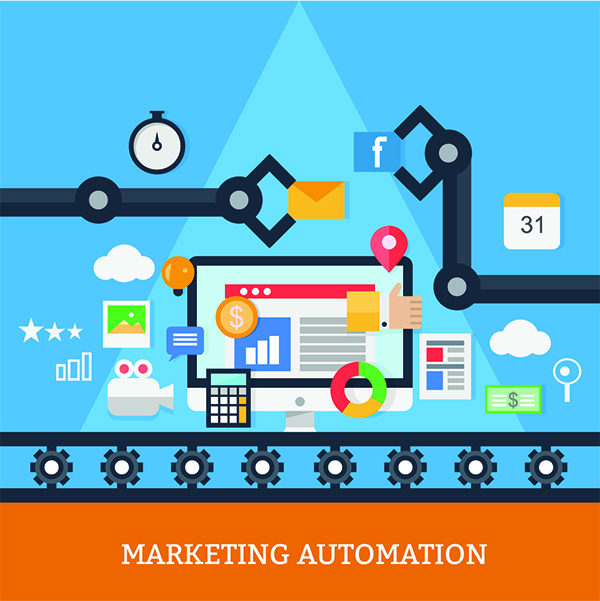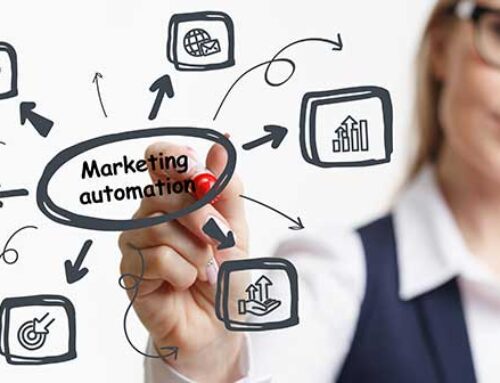In the 2016 release of Marketing Land’s report on B2B marketing automation platforms, two trends were clear. One is that businesses are poised to spend significantly on marketing technology; the other is their need to get their money’s worth once they’ve invested in marketing automation. Installation isn’t the same as implementation, and now that marketing automation is becoming an essential tool for competitive B2B organizations, it’s more important than ever to make full use of the software’s capabilities.
Investing in Marketing Automation Technology
The marketing automation sector earned a total of $1.8 billion in revenue last year, according to Marketing Land’s figures, and businesses are prepared to spend more. Among B2B organizations, 65 percent of their decision-makers intend to increase their marketing technology spend in 2016, with 19 percent expecting a significant increase in spending. It’s a safe bet that many of these marketers who are gearing up for a major purchase are in the process of picking their marketing automation system or switching platforms.
What Makes Marketing Automation Work?
No software can be considered an unqualified success if most of its features go unused. Companies that install complex systems but use only 10 or 20 percent of their capabilities aren’t getting their money’s worth. Marketing automation is a worthwhile investment, but businesses that buy in sometimes lag behind where they should be in turning all the software’s power into a motive force that drives their organization forward. Here’s what other users of state-of-the-art marketing tech feel they can do to improve their ROI:
Integration – The top answer users gave when polled about how they could benefit more from their marketing automation system was improved integration. Just over 61 percent of respondents cited integration with existing tools as a primary consideration for their marketing automation team. Most of the major players in marketing automation, including Marketo, Pardot, Eloqua, and HubSpot, have focused on improving integration capabilities. These systems synch with existing CRMs for a seamless flow of information between sales and marketing.
Experience – Marketing automation technology is still new, and many users feel they aren’t yet up to speed with their software. Over 60 percent were hungry for more experienced project leaders who were familiar with marketing automation tools. Without the right driver, even the most exquisitely tuned race car can’t win, and that’s the issue some companies face when they choose a marketing automation platform before considering training. Working with certified technicians and expert users will help companies get the most from their marketing technology.
Accuracy – For 44 percent of respondents, data accuracy and performance was a primary point of concern. Feed clean, accurate data into the system, and users get actionable results; give the software undifferentiated information, and it can’t deliver top performance. Because data quality is an issue, it’s important to work with clean lists and entrust in-house lists to list managers who can wring all the juice from information and use it to fuel marketing automation tools.
Complexity – About 42 percent of marketing automation users felt the system’s complexity was a challenge in itself. For these users, finding an expert has to wait until their personnel have completed basic training in the system’s use.
Whether your marketing automation challenge is learning the ropes or finding an expert to captain your mar tech ship, integration or data governance, it’s vital to find a solution for it. Getting the most from your marketing automation system depends on overcoming your organization’s specific challenges.
© Reach Marketing LLC 2016 All Rights Reserved.







